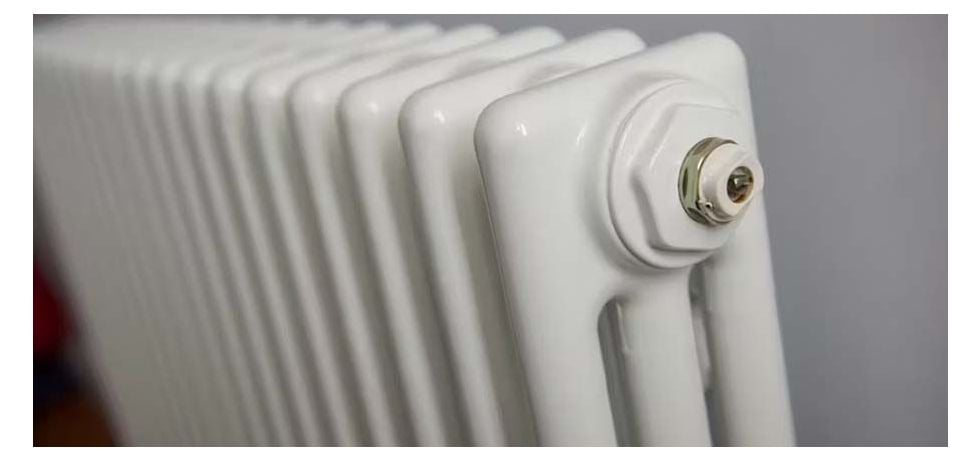Is your home feeling a bit chillier than usual, despite the heating being on? It might be time to bleed your radiators! Bleeding a radiator is a simple maintenance task that can significantly improve the efficiency of your heating system. In this comprehensive guide, we'll walk you through the steps of bleeding a radiator to ensure your home stays warm and cosy during those colder months.
Why Should You Bleed Your Radiator?
Radiators can develop air pockets over time, which prevent hot water from circulating effectively and result in uneven heating. Bleeding your radiators releases this trapped air, allowing hot water to flow freely and ensuring optimal heat distribution throughout your home. Bleeding your radiator is an important job which should be completed once or twice a year for an effective heating solution within the home. If you find you need to bleed your radiator more than twice a year, you may be encountering a faulty heating system and should get this looked at by a professional as soon as possible.
Step-by-Step Guide to Bleeding a Radiator:
Follow these easy steps to bleed your radiators like a pro:
Step 1: Gather Your Tools
Ensure you have the following tools ready before you start:
- A radiator key or a flat-headed screwdriver
- A cloth or towel
- A small container to catch any water
Step 2: Turn off the Heating
Before you begin, turn off your heating system. This will prevent hot water from spewing out while you're bleeding the radiator.
Step 3: Identify Which Radiators Need Bleeding
Walk around your home and feel each radiator. If the top of a radiator is noticeably cooler than the bottom, it's likely that air is trapped inside and needs to be bled.
Step 4: Release the Air
Here's how to bleed your radiator:
- Locate the radiator valve at the top end of the radiator. It should look like a small valve with a square or hexagonal slot.
- Place your cloth or towel under the valve to catch any water that might drip.
- Insert the radiator key or screwdriver into the valve and gently turn it counterclockwise. You might hear a hissing sound as air begins to escape.
- Once you hear a steady stream of water without any air sputtering, close the valve by turning it clockwise. Be careful not to overtighten.
Step 5: Check the Pressure
After bleeding each radiator, it's a good idea to check the pressure gauge on your heating system. If the pressure has dropped significantly, you may need to top up the system using the manufacturer's instructions.
Step 6: Turn on the Heating
Once you've bled all the necessary radiators, turn your heating system back on. You should notice improved heat distribution, making your home more comfortable.
Conclusion:
Regular radiator maintenance is a key aspect of ensuring your home's heating system functions optimally. Bleeding your radiators might seem like a small task, but it can have a big impact on your comfort and energy efficiency. By following the steps outlined in this guide, you'll be able to keep your home cosy and warm throughout the colder months. If you're uncertain about any step or encounter any issues, don't hesitate to consult a professional heating technician. Stay warm!







